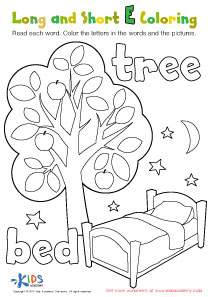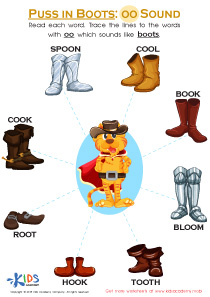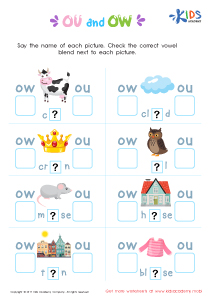Vowel Recognition Normal Long And Short Vowel Worksheets for Ages 6-8
4 filtered results
-
From - To
Enhance your child's reading and phonics skills with our engaging Vowel Recognition Worksheets, designed specifically for ages 6-8. These colorful resources focus on normal long and short vowels, helping young learners differentiate between vowel sounds through fun activities and engaging exercises. Each worksheet is crafted to promote recognition and understanding, making learning both enjoyable and effective. With a variety of exercises, including fill-in-the-blanks, matching games, and word sorting, kids will gain confidence in their reading abilities. Perfect for use at home or in the classroom, these worksheets are an essential tool for fostering a solid foundation in vowel recognition.
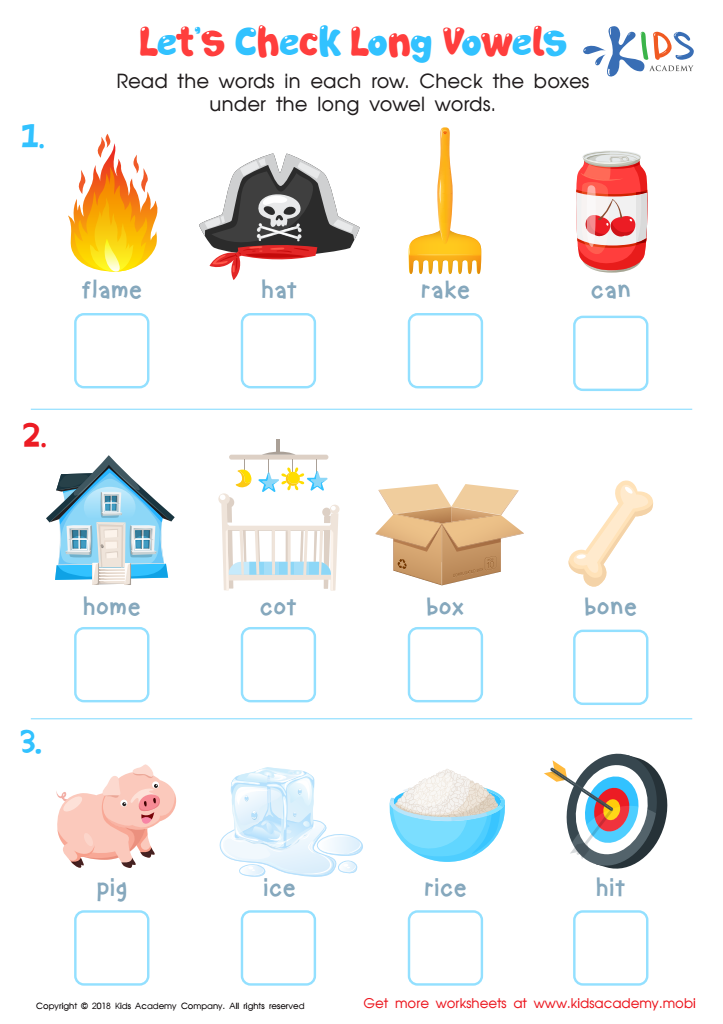

Let's Check Long Vowels: Assessment Worksheet
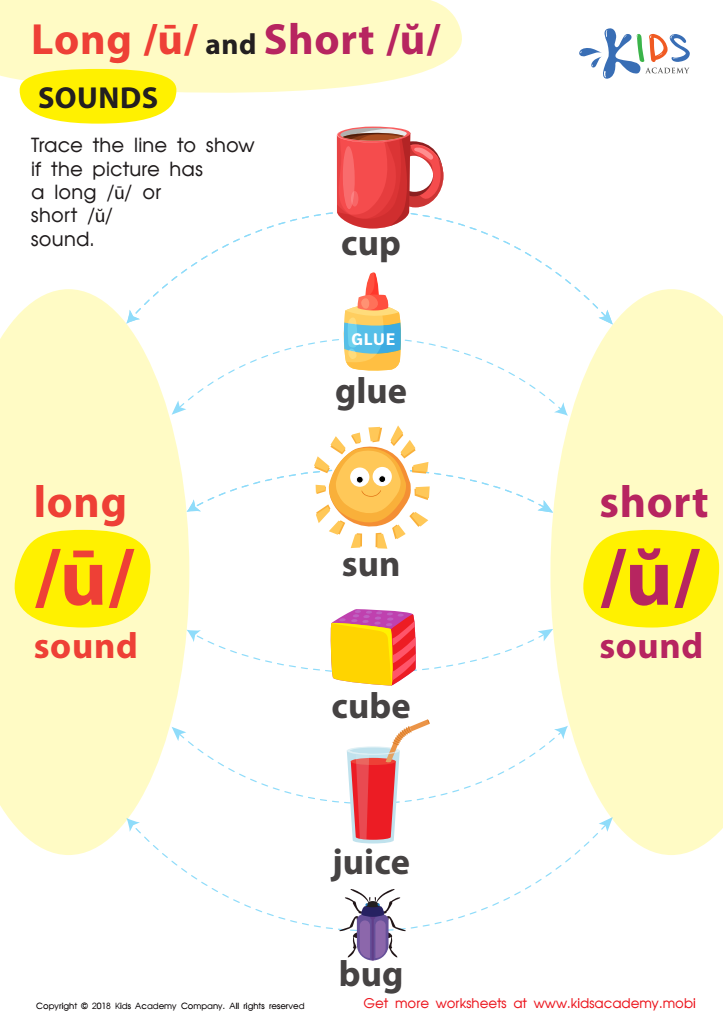

Reading: Long U and Short U Sounds Worksheet
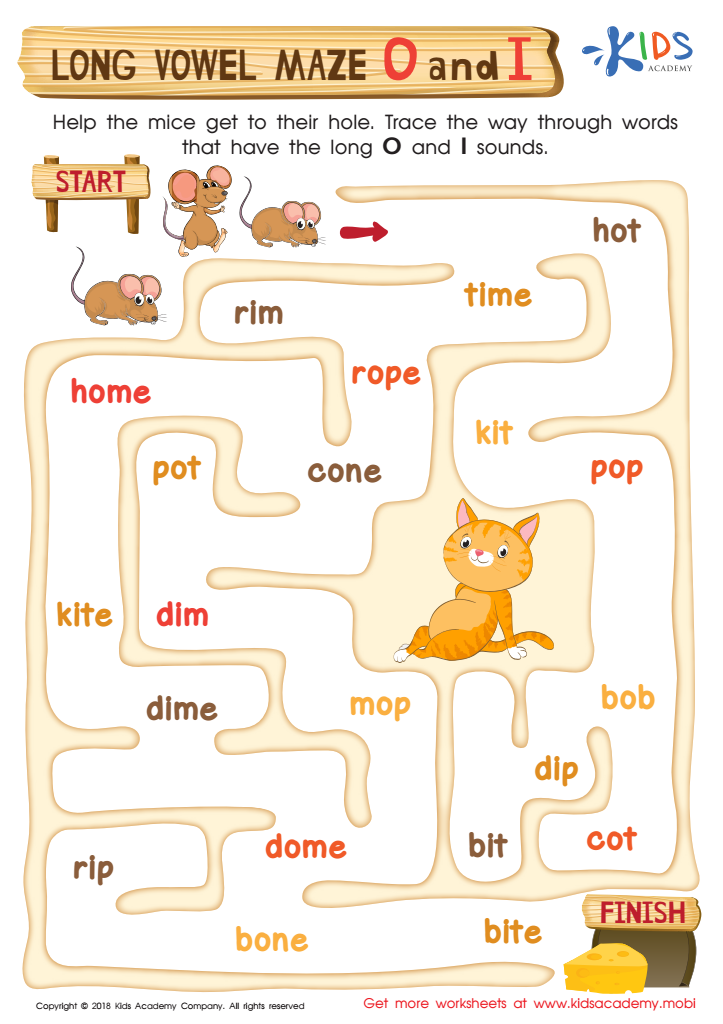

Long Vowel Maze /o/ and /i/ Worksheet
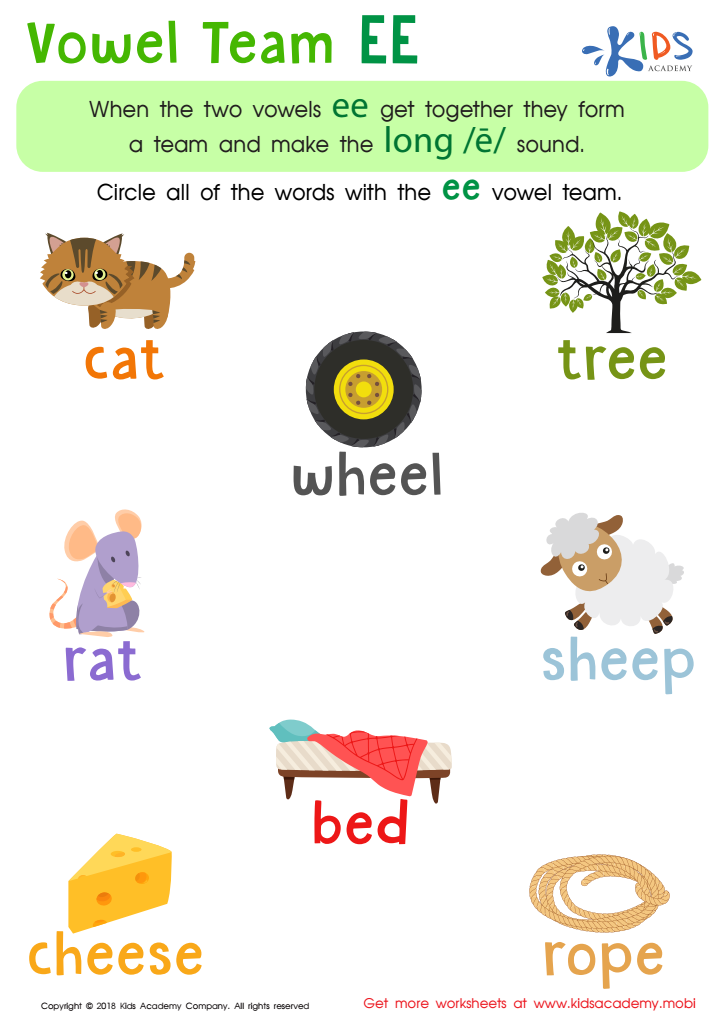

Reading: Vowel Team EE Worksheet
Vowel recognition is a fundamental skill that significantly impacts a child's reading and writing development, particularly for ages 6-8. Understanding long and short vowels helps children decode words, enhances their phonemic awareness, and fosters strong literacy skills. Parents and teachers should prioritize this area for several reasons.
Firstly, proficient vowel recognition aids phonics instruction, enabling children to sound out unfamiliar words. When children grasp the difference between long and short vowel sounds, they become more confident readers, which motivates them to explore reading materials independently.
Secondly, mastering vowels contributes to spelling proficiency. Knowing how to use different vowel sounds correctly lays the groundwork for understanding word formation and patterns that are crucial for spelling accuracy.
Additionally, vowel recognition fosters comprehension. Children who can effectively decode words will spend less cognitive effort on sounding out letters and more on understanding the text, leading to better overall reading comprehension.
Lastly, early mastery of vowel sounds and patterns helps build a solid foundation for future learning, ensuring children are well-prepared for more complex language skills as they progress in their education. Therefore, attentiveness to vowel recognition in young learners is essential for their literacy success.
 Assign to My Students
Assign to My Students






